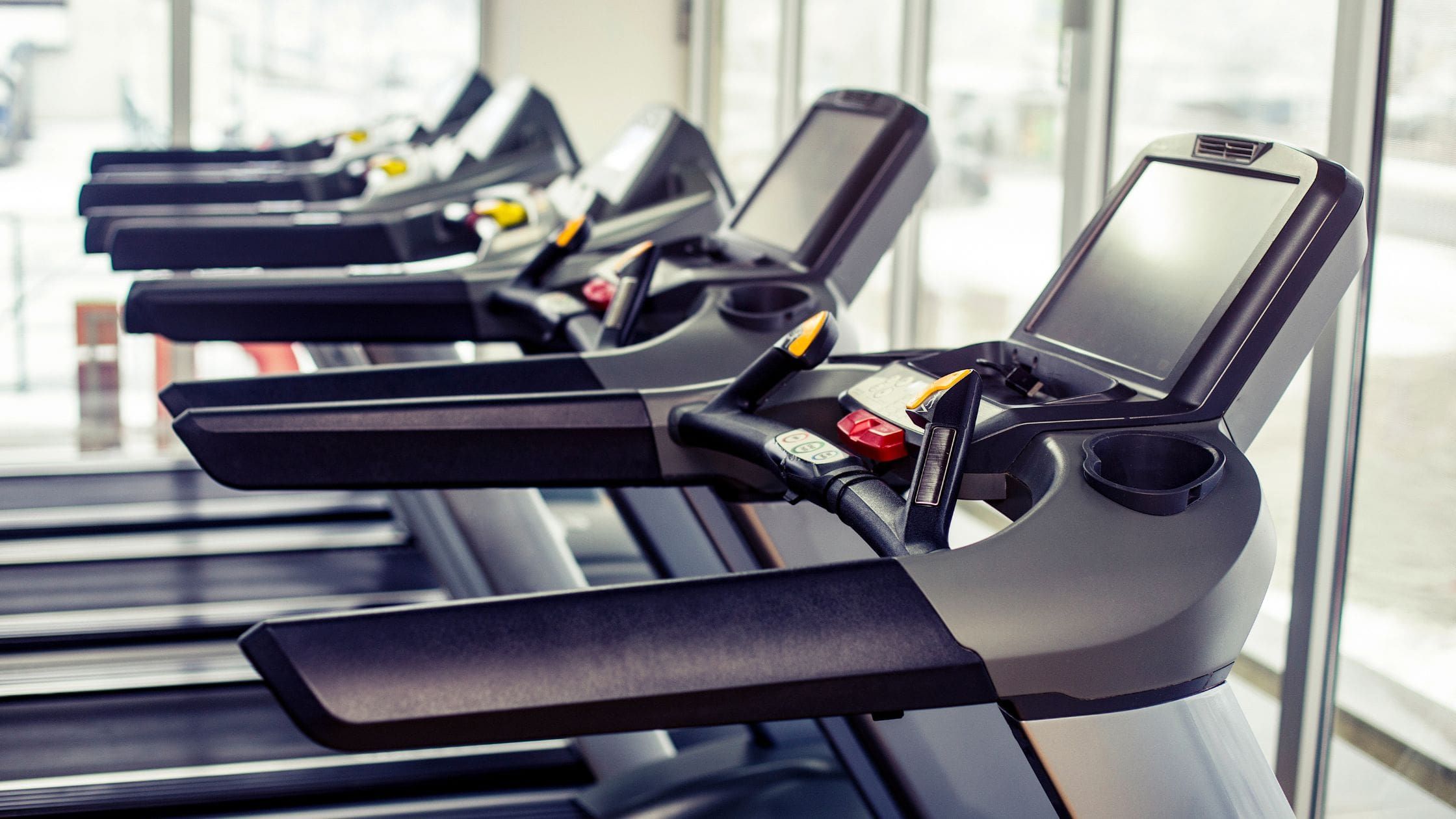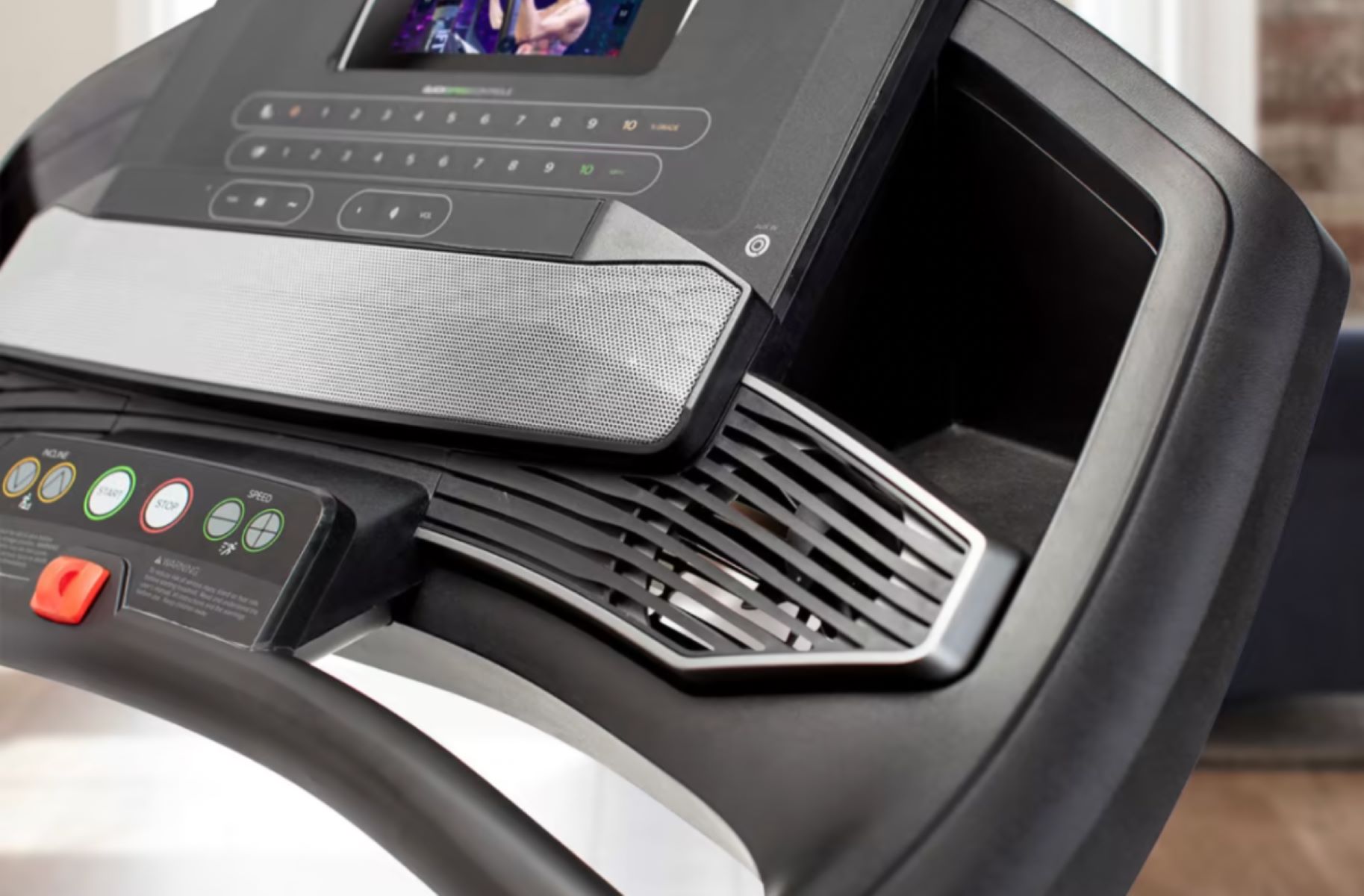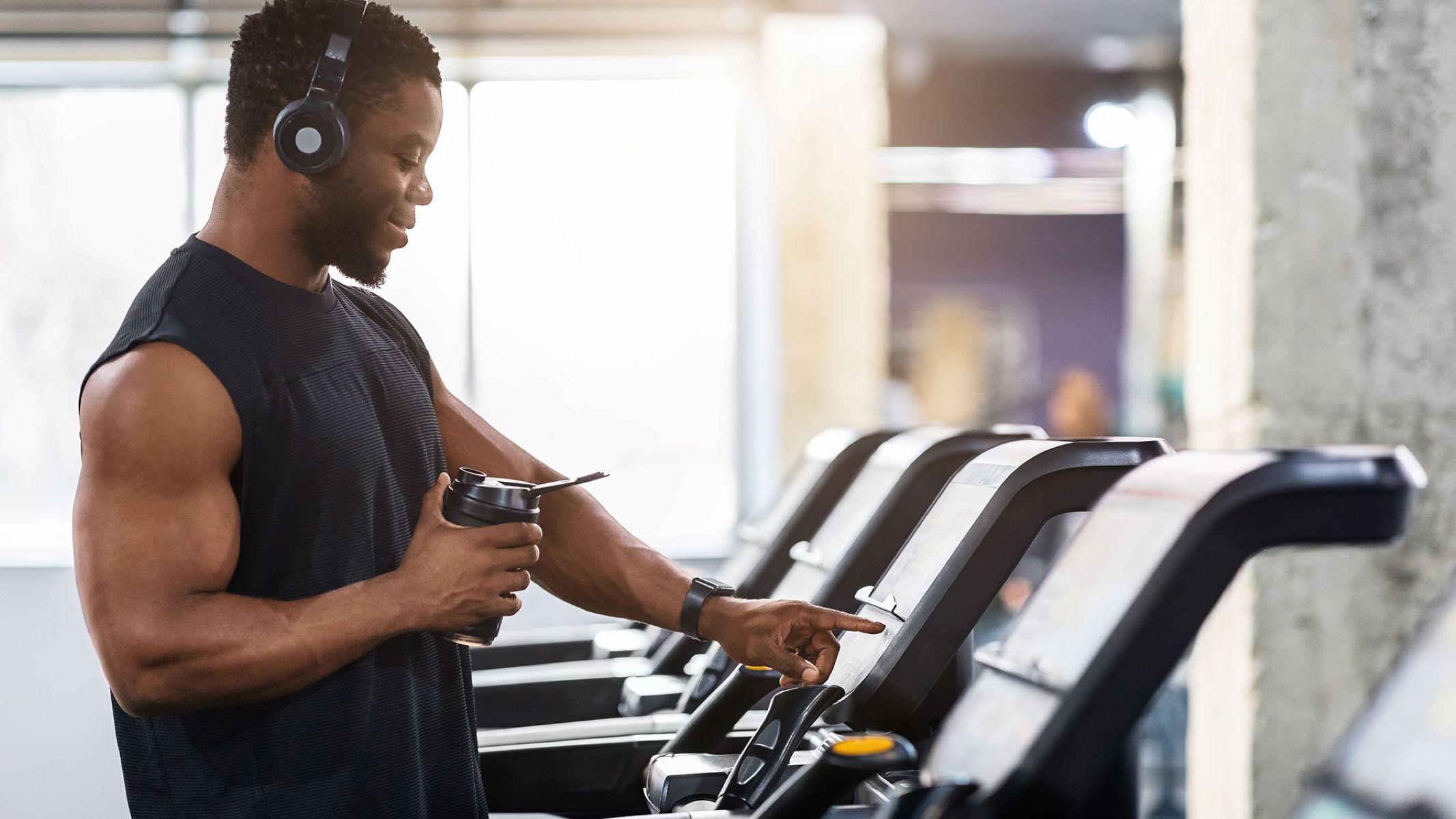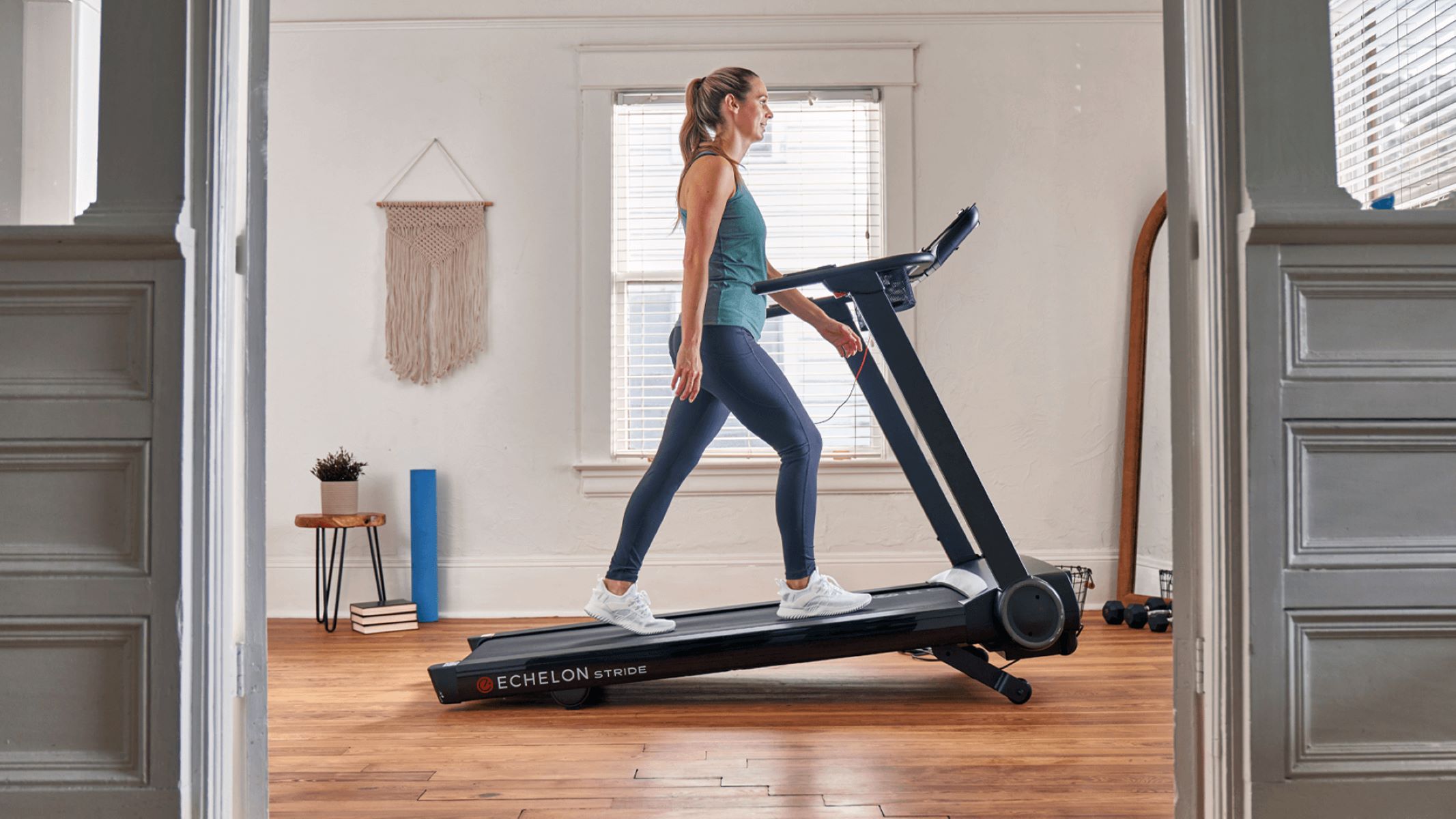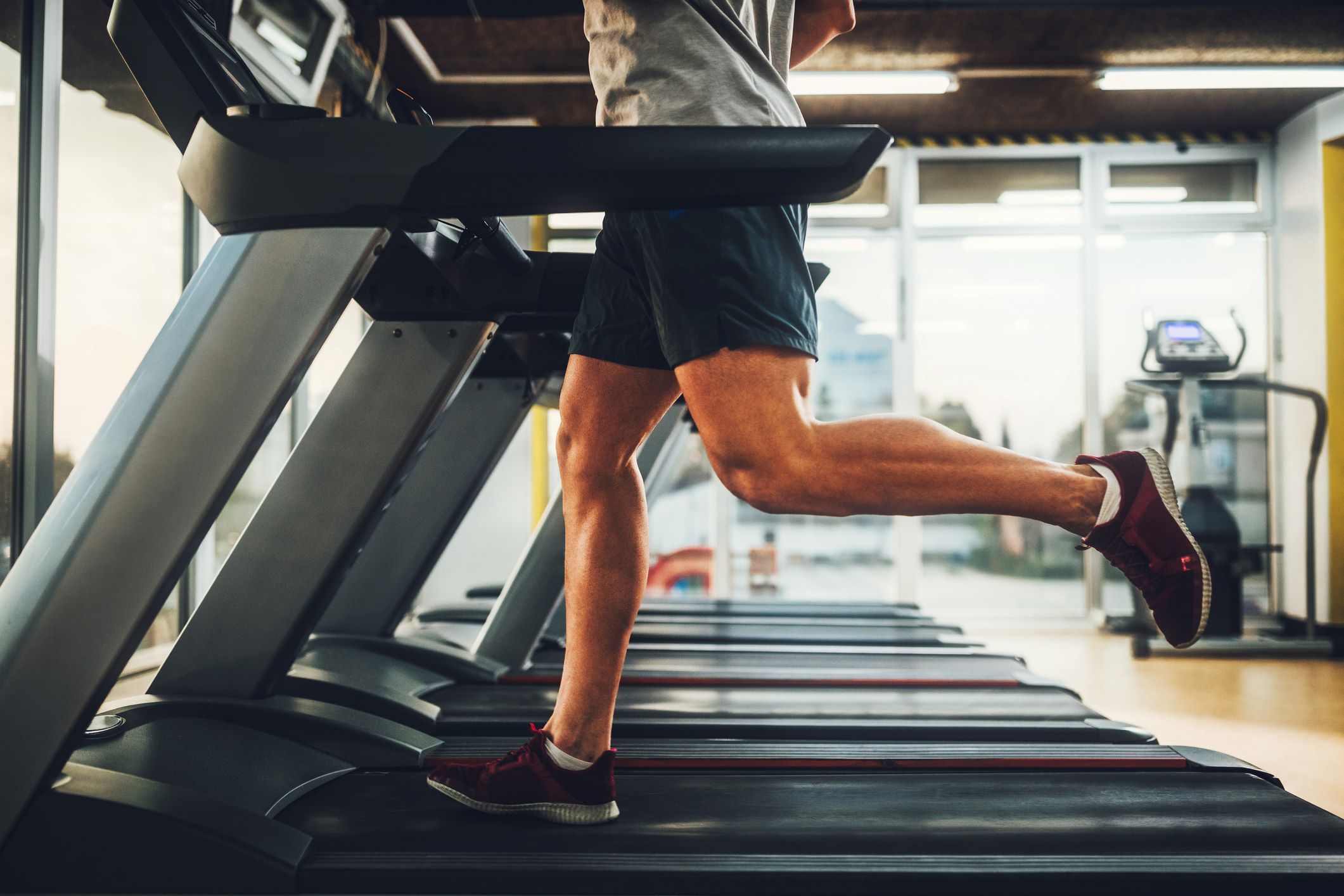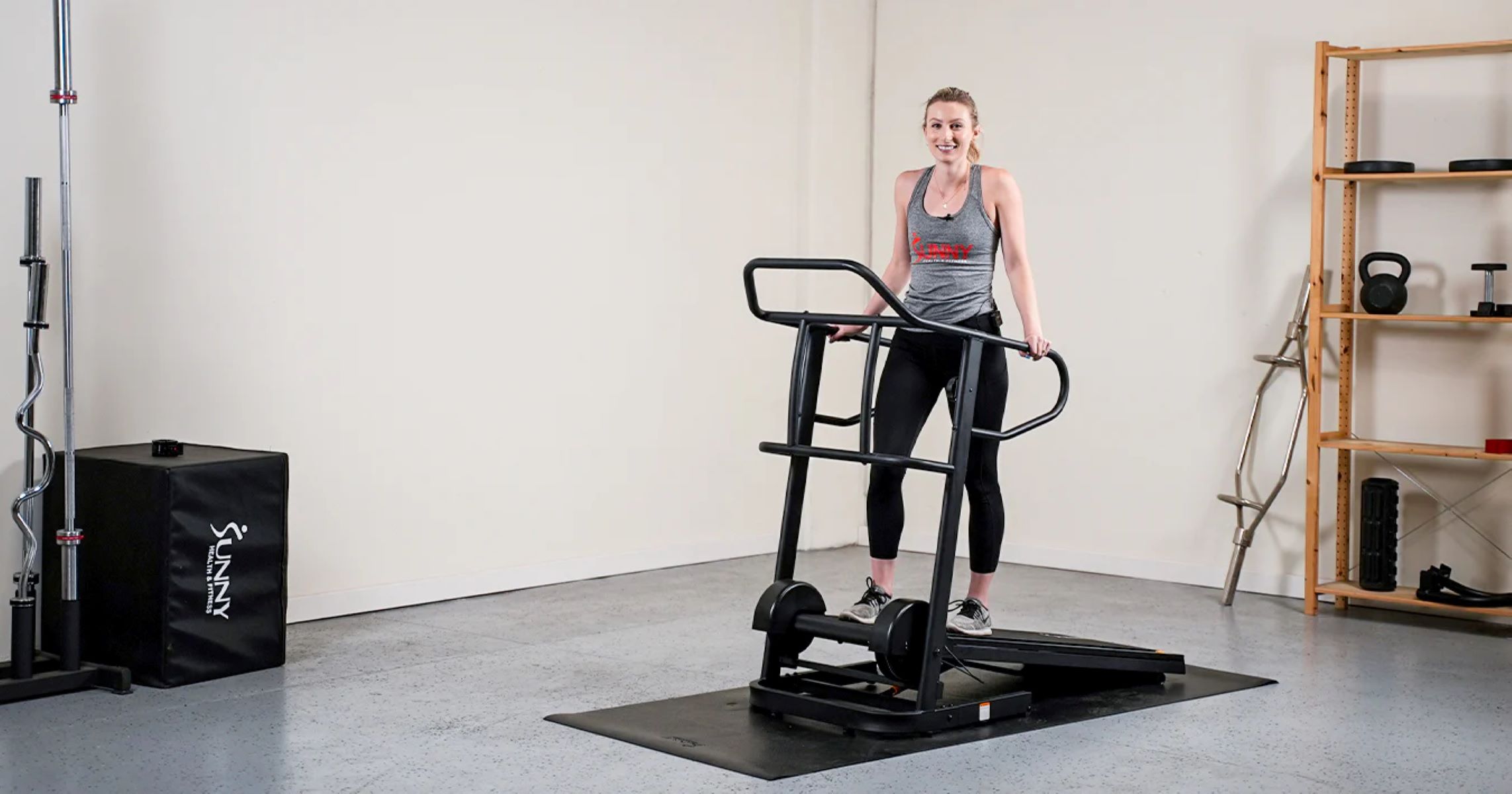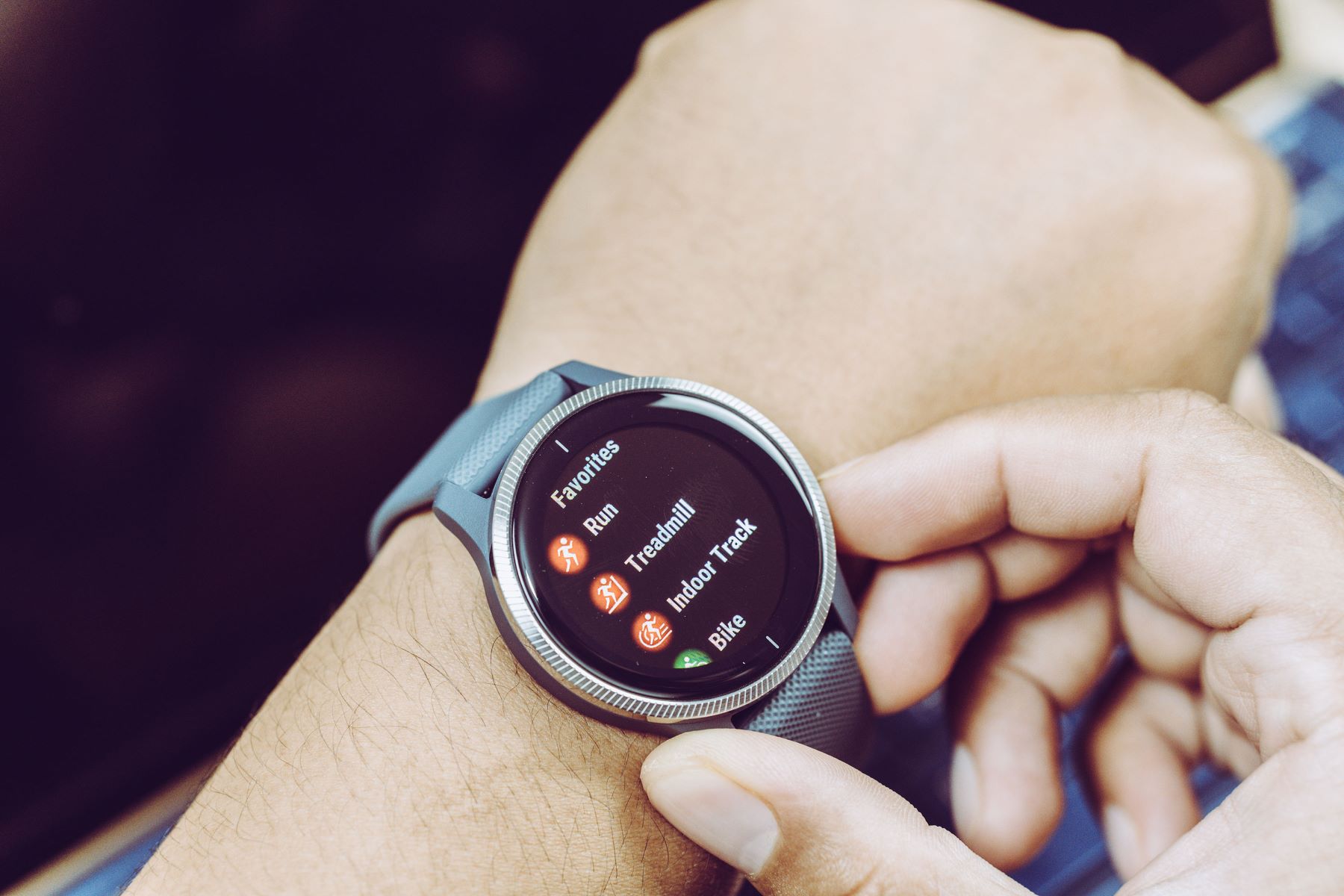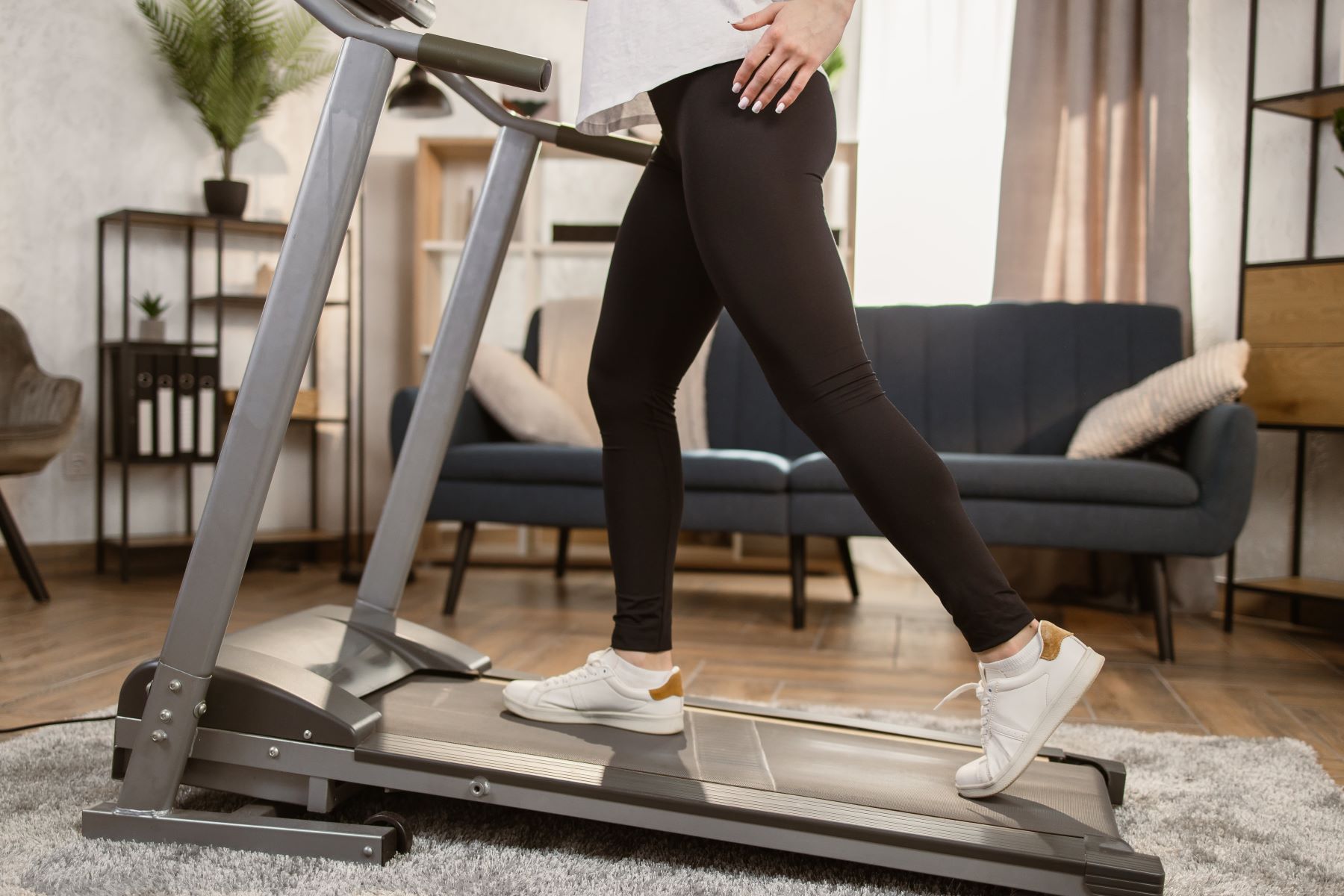

Featured
How To Use A Treadmill Without The Key
Modified: January 2, 2024
Learn how to use a treadmill without the key with our featured guide. Overcome the need for a key and enjoy your workouts hassle-free.
Introduction
When it comes to exercising at home, a treadmill is a popular choice for many individuals. It provides a convenient way to engage in cardiovascular workouts and burn calories without the need to step out of your front door. However, what happens if you’ve misplaced or lost the treadmill key? Don’t worry, you’re not out of luck just yet. In this article, we’ll explore how you can still use a treadmill without the key.
The treadmill key, also known as the safety key or emergency stop key, is a small magnetic device that is inserted into the console of the treadmill. Its purpose is to ensure the user’s safety by immediately stopping the machine if the key is removed or pulled off. It acts as a safety measure to prevent any accidents or injuries while operating the treadmill.
While it is highly recommended to use the treadmill with the key inserted, there are situations where you may find yourself without it. Perhaps you’ve moved houses, misplaced the key during a house renovation, or simply acquired a used treadmill without the key included. Fortunately, there are alternative methods you can use to still use the treadmill safely and effectively.
Understanding the Treadmill Key
Before we delve into the methods of using a treadmill without the key, let’s first understand the importance of the treadmill key itself. As mentioned earlier, the treadmill key is a safety feature designed to ensure your well-being while using the machine. When inserted into the console, it completes a magnetic circuit that allows the treadmill to function. Without the key, the circuit remains incomplete, and the treadmill will not start.
In addition to starting and stopping the treadmill, the key also serves as an emergency stop mechanism. In the event of a mishap or if you lose your balance while exercising, removing the key instantly stops the treadmill, preventing any potential accidents.
The treadmill key is usually attached to a lanyard or clip, making it easily accessible during your workout. It is important to keep the key within reach at all times to ensure your safety. It is also recommended to perform a quick safety check before each workout to ensure the key is securely inserted and the treadmill is functioning properly.
Some treadmills may have additional features tied to the key. For example, the console might display your heart rate, workout progress, or adjust the incline based on your profile settings when the key is inserted. Understanding these additional functionalities can help you make the most of your treadmill workouts.
Now that we have a good understanding of the treadmill key’s purpose and importance, let’s explore alternative methods to use a treadmill without the key.
Using the Treadmill Without the Key
If you find yourself without a treadmill key, there are a few methods you can use to continue using the treadmill safely. However, it’s important to note that these methods may vary depending on the make and model of your treadmill. Here are a few options to consider:
- Check for a Manual Start Option: Some treadmills come with a manual start option that allows you to bypass the need for a key. Look for a button or switch labeled “Manual Start” or something similar on the console. Pressing this button should activate the treadmill and allow you to control the speed and incline manually.
- Use a Universal Key: If you’ve lost the original treadmill key, you may be able to find a universal key that can fit your machine. Universal treadmill keys are designed to work with multiple treadmill models. Check with your treadmill manufacturer or fitness equipment stores to see if they carry universal keys that are compatible with your treadmill.
- Consult the Treadmill Manual: The user manual for your treadmill is a valuable resource when it comes to troubleshooting and understanding the features of your machine. Check the manual to see if there are any specific instructions on operating the treadmill without the key.
- Contact the Manufacturer: If all else fails, consider reaching out to the manufacturer of your treadmill. Explain your situation and inquire about purchasing a replacement key. They may be able to provide you with a new key or give you advice on alternative options.
It’s important to remember that while these methods may allow you to continue using the treadmill without the key, the safety features associated with the key will be disabled. Exercise caution and be aware of your surroundings while using the treadmill without the key inserted.
Lastly, once you have resolved the issue of not having the treadmill key, it is highly recommended to obtain a replacement key as soon as possible to ensure your safety during future workouts.
Alternative Methods
If you are unable to use the treadmill without the key or prefer not to, there are alternative methods you can explore to continue your exercise routine. Here are a few options to consider:
- Outdoor Running: If weather permits and you have a safe space to do so, consider taking your workout outdoors. Running or walking outside can provide a change of scenery and fresh air while still allowing you to engage in cardiovascular exercise.
- Home Cardio Exercises: There are numerous cardiovascular exercises that you can do at home without the need for a treadmill. High-intensity interval training (HIIT), jumping jacks, burpees, and jumping rope are just a few examples. These exercises can be done in a small space and require minimal equipment.
- Other Cardio Equipment: If you have access to other cardio equipment such as an elliptical machine, stationary bike, or rowing machine, you can incorporate those into your workout routine as well. These machines provide similar cardiovascular benefits as a treadmill.
- Dance or Aerobic Workouts: Dance workouts and aerobic exercises are fun and effective ways to get your heart rate up and burn calories. There are plenty of online videos and tutorials available that can guide you through various dance or aerobic routines.
- Stair Climbing: If you have a set of stairs at home or in your building, climbing stairs is an excellent cardio workout. You can vary the intensity by increasing your speed or adding weights to challenge yourself further.
Remember, the key to maintaining a consistent exercise routine is finding activities that you enjoy and that fit your fitness goals. Incorporate a variety of exercises to keep your workouts engaging and effective.
Safety Precautions
When using a treadmill without the key or engaging in alternative workout methods, it’s important to prioritize your safety. Here are some safety precautions to keep in mind:
- Start Slow: If you’re trying a new exercise or using a different machine, start at a slow pace and gradually increase the intensity. This allows your body to adapt and reduces the risk of injury.
- Listen to Your Body: Pay attention to how your body feels during your workouts. If you feel any pain, discomfort, or excessive fatigue, slow down or stop exercising. Pushing through pain can lead to injuries.
- Warm-Up and Cool Down: Before starting any workout, take the time to warm up your muscles with dynamic stretches or light cardio. Similarly, end your workout with a cool-down period that includes stretching to help prevent muscle soreness and promote flexibility.
- Stay Hydrated: Drink plenty of water before, during, and after your workout to stay hydrated. Dehydration can lead to decreased performance and increased risk of injury.
- Use Proper Form: Whether you’re running outside or performing exercises at home, always use proper form. This helps to prevent strain on your muscles and joints and ensures that you’re getting the most out of your workout.
- Take Rest Days: Giving your body time to recover is crucial for preventing overuse injuries. Incorporate rest days into your workout routine to allow your muscles to repair and rebuild.
- Clear Exercise Space: Make sure you have enough space around you to perform the exercises safely. Remove any obstacles or hazards that could increase the risk of accidents or injuries.
- Consult with a Professional: If you’re new to exercise or have any pre-existing health conditions, speak with a healthcare professional or a certified fitness trainer before starting a new workout regimen. They can provide guidance tailored to your specific needs and help you exercise safely.
By following these safety precautions, you can minimize the risk of injuries and make your workouts safer and more enjoyable.
Conclusion
While the treadmill key is an important safety feature, there may be instances where you find yourself without it. The good news is that there are alternative methods to use a treadmill without the key, such as checking for a manual start option, using a universal key, consulting the treadmill manual, or contacting the manufacturer for a replacement key.
However, if using the treadmill without the key is not feasible or preferred, there are plenty of other ways to maintain your exercise routine. Outdoor running, home cardio exercises, other cardio equipment, dance or aerobic workouts, and stair climbing are all effective alternatives that can keep you active and fit.
Regardless of the method you choose, prioritizing safety is paramount. Start slow, listen to your body, warm up and cool down, stay hydrated, use proper form, take rest days, clear your exercise space, and consult with professionals if needed.
Remember, exercise is important for overall health and well-being, but it should always be done in a safe and sustainable manner. Whether you’re using a treadmill with or without the key, focus on enjoying your workouts and staying consistent in reaching your fitness goals.

